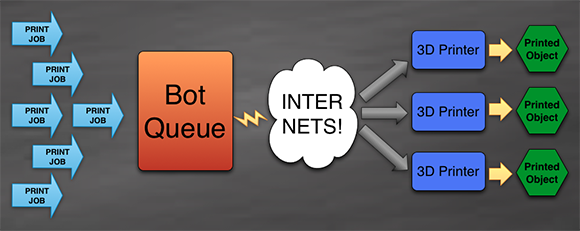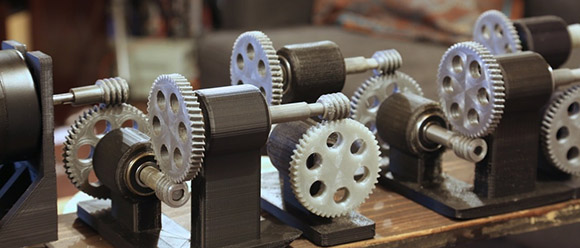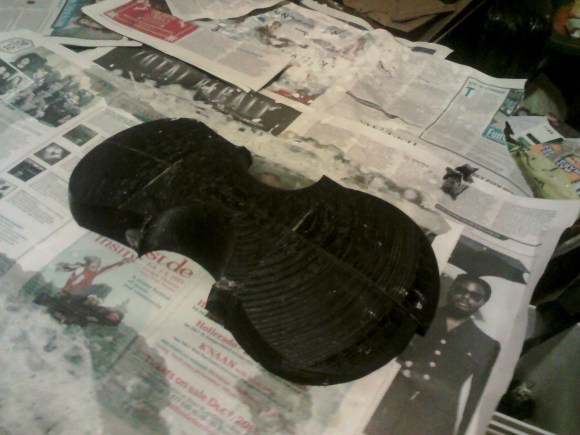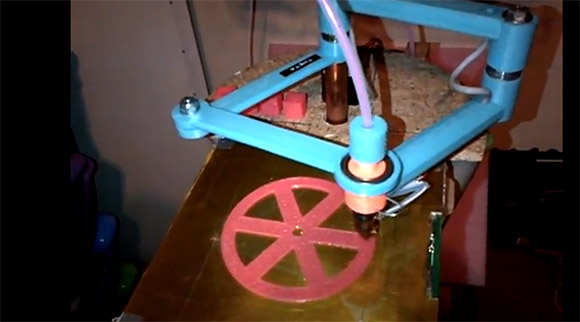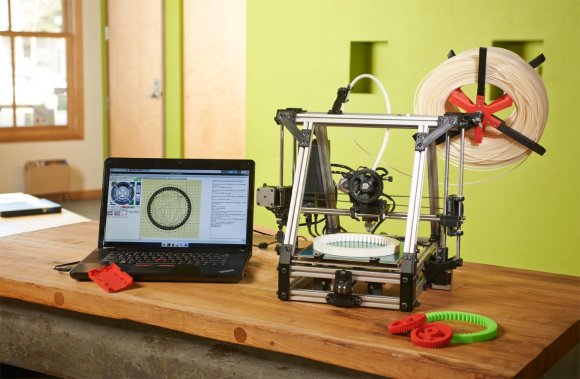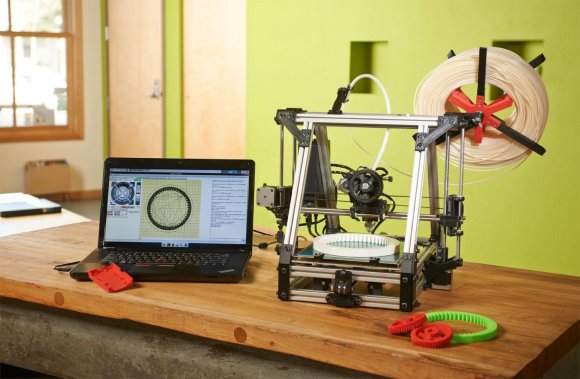
LulzBot, the awesomely named 3D printer manufacturer and parts supplier, is giving away eight of their AO-100 printers to eight lucky hackerspaces.
It’s not so much a contest, but instead a giveaway aimed at eight community-operated hackerspaces who come up with a great idea on how to use a 3D printer. If you’re part of a well-established hackerspace that doesn’t have a 3D printer yet, this is a great opportunity to get your hands on a very nice printer.
A while back, we acquired one of these LulzBot printers to print off some custom gaming controllers for gamers with physical disabilities (and to make some other cool stuff as well). Our boss man [Caleb] says the AO-100 is a great printer, and in my dealings and purchases with LulzBot, they seem like a great company with great support. We’re sure the hackerspaces that win these printers LulzBot is giving away will be able to put them to use quickly by making some really cool stuff.

